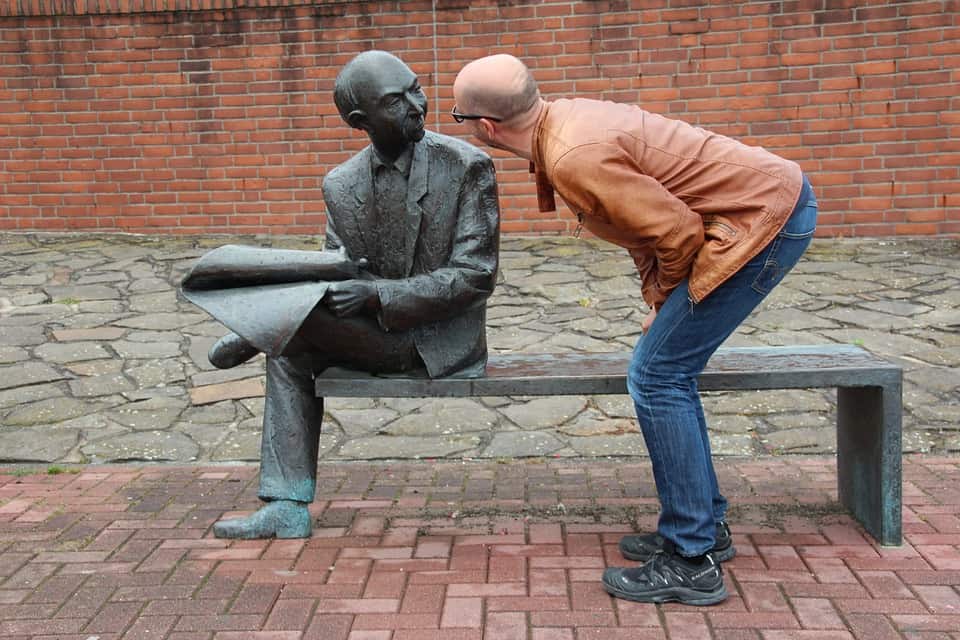What is (not) a meeting

Meetings: you can’t live with them, you can’t live without them, and you can barely live through most of them.
It saddens me that meetings have such a bad reputation these days, because they should be one of your most effective business tools. But meetings have been abused and overused for so long.
There has been too much emphasis on having meetings that are not. In other words: a meeting that should not be a meeting.
In short: any time that it is a one way communication, cancel the meeting.
Task Delegation
You are telling a person or group of people the things that they have to do.
When all you are doing is giving people a checklist, you do not need a meeting. A printed or emailed list with checkboxes will suffice.
What if some training is required?
There may be self-training options, or you can call it what it is and convene a classroom.
When what you expect is to simply tell people what to do: you do not require a meeting.
Monologue
You want to communicate a business change or new decision, and require no feedback or input on it.
Change happens all the time in business. It can range from hiring a new employee, to changing the company name, and include everything in between. In one way or another, the change has to be communicated to the employees and teams involved.
When your intention is to tell people about the decision after it is made, simply to inform an audience: you do not need a meeting. A memo will suffice.
Reporting
You are telling a person or group of people what you worked on.

We all have to report to somebody – even those who are self-employed must hold themselves accountable in their projects and efforts. And so we track different parts of our work, to determine either our volume of activity, or particular actions and outcomes.
When you need to share numbers, activities, and results with somebody all you really need is a dashboard.
When to Meeting?
Meetings are about one thing above all others: feedback.
A meeting has the purpose of creating a conversation that builds on or creates new ideas, in order to make a decision about something.
Where you have a one-way communication, you do not have a meeting.
And all the above options are, in fact, better served by actual meetings. How? Stay tuned for next week’s post.